What Does a Cactus Taste Like?
When you buy through our links, The Breslin may earn an affiliate commission. Learn more
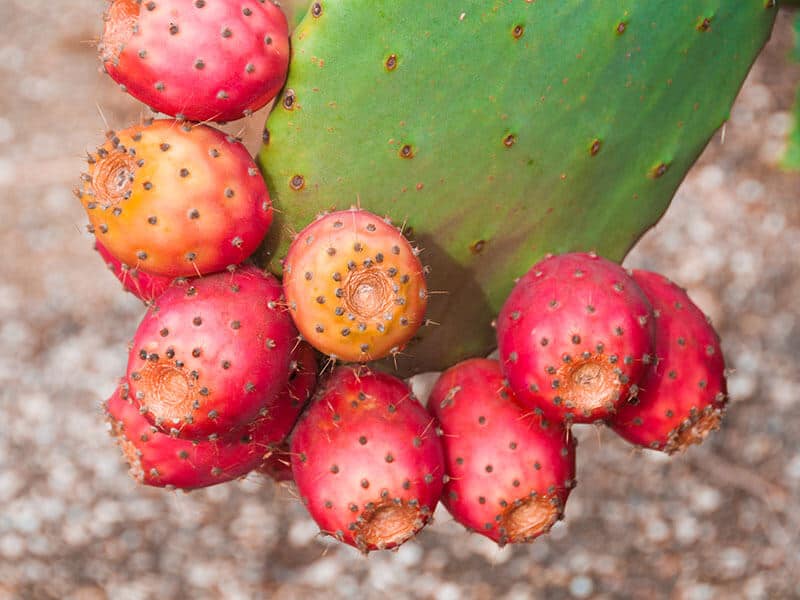
What does cactus taste like? You heard me right. It’s safe to eat. So, have you ever had cactus in your meal?
If you’re like me and have never thought about cactus as a food, then wait until you can eat cactus tacos. I guess it will be such a fantastic experience.
Cactus has a long history in Mexican cuisine and is becoming more and more well-known as a healthy and balanced food across the world.
In this article, I’ll explore more about this desert plant and its use in the culinary world.
Let’s jump into it!
What Is Cactus?
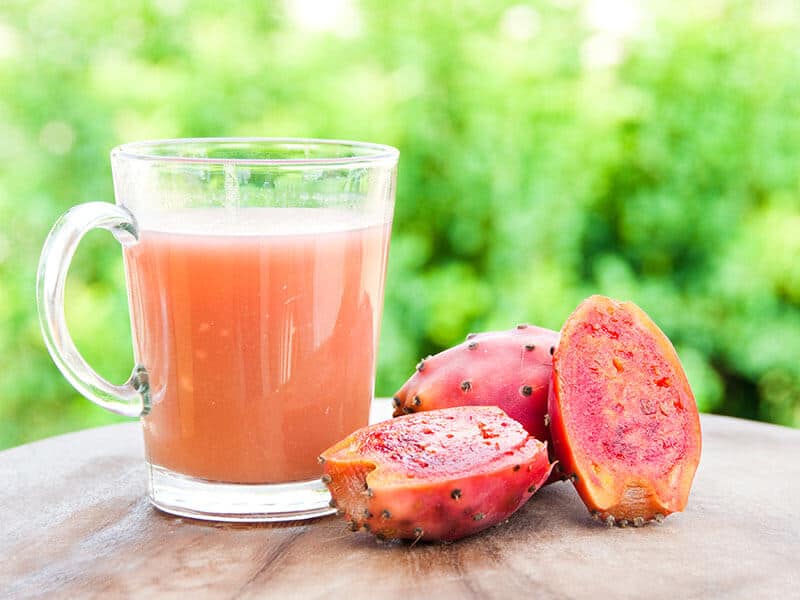
The Cactus plant is one of the few species that can survive and thrive in the hot and dry parts of the world. It belongs to the family Cactaceae which consists of more than 1750 known species. (1)
It’s a fact that not all cacti are edible. Among all of them, prickly pear cactus (Opuntia/Nopal cactus, and dragon fruit (Hylocereus Undatus) are fit for human consumption, and you can find them becoming more and more popular across the world.
The fruit part of both can be eaten raw or become an ingredient that you can put into jams, jellies, smoothies, or juices.
While crunchy cactus paddles from opuntia, often called nopales, are ideal and natural thickening agents for soups. Also, they are suitable for salads, stir-fries, grills, and other various recipes.
When it comes to Hylocereus Undatus, it might be suitable for soups, salsa, protein bars, pies, and more.
Read on to dive into what cactus tastes like and how you can use it to add an exciting twist to your meals.
What Does Cactus Taste Like?
Are you curious about what cactus tastes like? Scrolling down and you get an answer, but it would be better to try it yourself after that.
Prickly Pear (Opuntia Ficus-Indica)
In terms of appearance, prickly pear has bright green, wide, and flat leaves with small, rounded, and colorful fruits. It’s native to Americans but primarily used in Mexican cuisine.
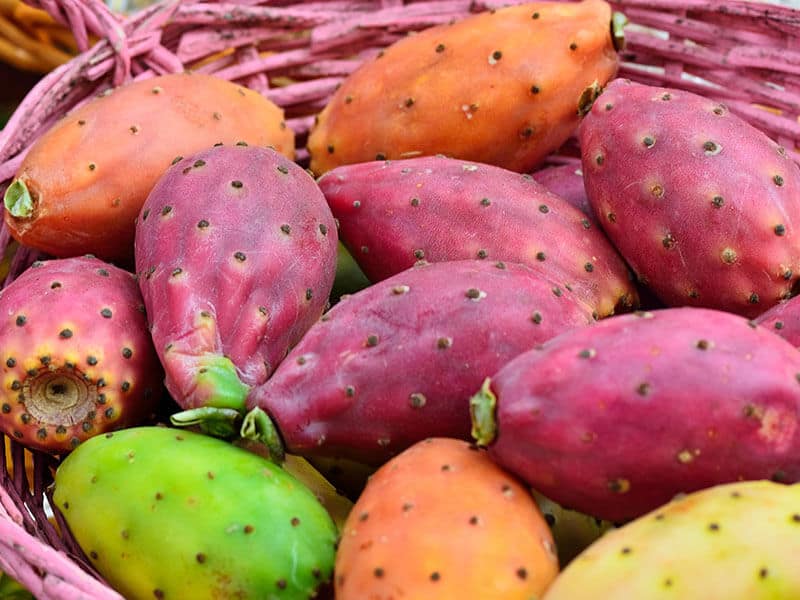
Let’s start with cactus paddles – the most popularly edible part of the nopal cactus.
They have a meaty, mucilaginous texture and a light, mildly sour flavor that performs well in many recipes.
They can be grilled, boiled, deep-fried, simmered, or sautéed. But first of all, it might take a bit of work to remove all the needles from them.
To illustrate, their tastes are somewhat like green beans, green peppers, and asparagus.
As for cactus tunas, they might look like pears – it’s a reason why they’re also called cactus pears, but with a thick skin outside and sweet and soft content inside.
These colorful fruits are known for their flavors as a mixture of bubble gum and watermelon. Sounds mouthwatering, right?
Curious about the taste of prickly pear? Let’s discover now!
Dragon Fruit (Hylocereus Undatus)
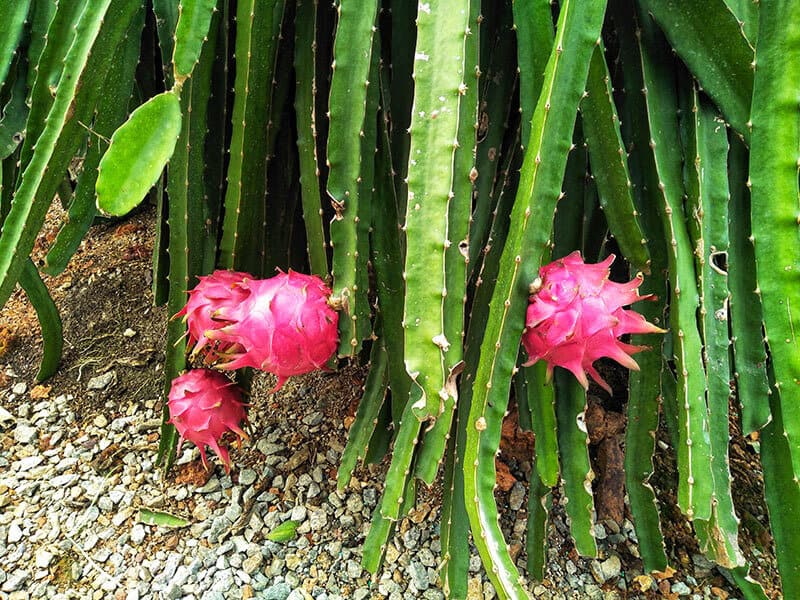
Dragon fruit, also called pitahaya or strawberry pear, is grown mainly in Mexico, Australia, the United States, Southwest Asia, the Caribbean, and India.
Dragon fruit is a fruit from the cactus plant belonging to the species of Hylocereus. It has a unique shape with white flesh and black seeds. Sometimes, you can find dragon fruits with red pulp or yellow skin in the supermarket.
Dragon fruits feature a slightly sweet flavor with a juicy, soft texture. Many people say that it tastes like a hybrid of a kiwi, watermelon, and a pear.
It’s possible for you to enjoy it raw, dried, or cooked. It’s best for smoothies, salads, and desserts.
Is It Healthy To Eat Cactus?
Cacti are brimming with nutrients, and you surely can benefit from them if you start incorporating this healthy ingredient into your diet. So, how exactly do they support your body?
Aid Digestion
Cactus has a high dietary fiber content, which plays a vital role in the digestive process. It’s said that fiber absorbs the water and adds bulk to the stool, and makes it move faster through the intestines. At the same time, it also helps prevent constipation and diarrhea.
Protects Nerve Cells
The cactus liquid from its leaves and cactus fruits contain 3-methyl quercetin – a type of flavonoid that is considered a neuroprotective substance. It protects nerve cells in the brain from damage and thereby protects the brain from loss of function.
Provide Antioxidants
Cactus contains a lot of antioxidants that can protect cells in the body from the ravages of free radicals. Hence, it can help you slow the aging process and stay healthy for a longer time.
Regulates Blood Sugar Levels
High blood sugar can lead to many acute diseases such as diabetes, stroke, or heart disease. Eating cactus leaves will help reduce blood sugar in obese or diabetic patients.
Support Weight Loss
Cactus is a low-calorie food and rich in amino acids, vitamins and minerals – compounds that are essential for weight loss. To be more specific, it includes 17 amino acids and 8 critical substances to provide energy for the body.
Improve Sleep
Magnesium in the nopal cactus can enhance both sleep duration and quality for those who have sleep issues and insomnia. As you might not know, magnesium maintains healthy levels of GABA – a neurotransmitter that promotes sleep.
Prevent Hangovers
Eating cactus before consuming alcohol products can reduce hangover symptoms the following day.
Fight Against Cancer
Cactus contain phenolics and flavonoids, two effective antioxidant compounds.
These substances help protect healthy cells from free radicals that can cause heart disease and cancer. (2)
How To Prep And Cook Cactus Paddles (Nopales)
Prepping and cooking cactus paddles can be a bit challenging if you’re new to this desert plant. Let’s find out how to work with them.
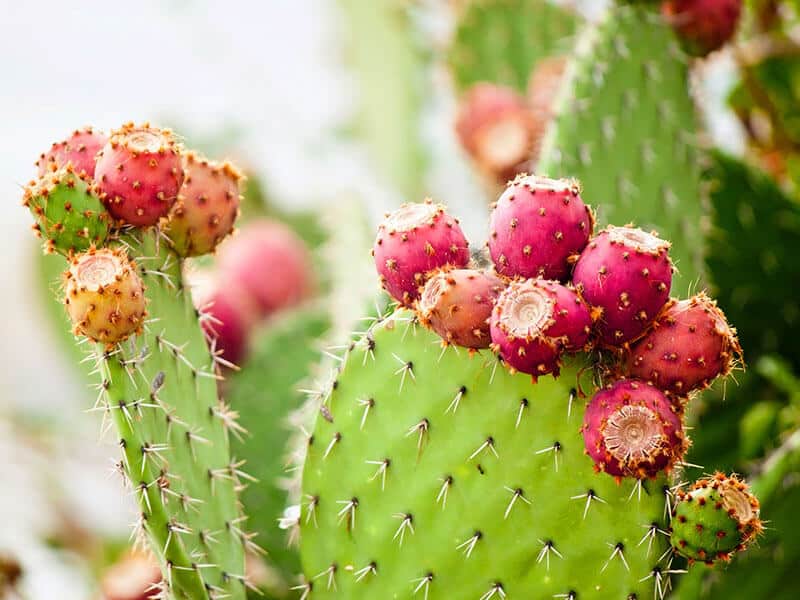
Step 1: Work With Cactus Thorns
Firstly, you need to wear gloves to protect your hands. Then, place the cactus paddle on the chopping board and carefully remove the thorns and bumps from the green pads using a small and sharp knife.
If necessary, slice off a part of the paddle to eliminate stubborn needles. Remember to trim the edge of the leaves.
Rinse under the faucet and double-check both sides to make sure they’re completely clean and ready for the next steps.
Step 2: Cut, Slice, or Dice
Depending on the recipes you plan to cook, you can cut, slice, dice, or keep the whole cactus paddles.
Slicing is suitable for tacos, pickles, and salads, while dicing is great for stir-fries, soups, and relish recipes.
Step 3: Cook in Salted Water Until Soft
The last step is crucial not only to make nopales become tender but also to remove excess gelatinous liquid from them.
You need to cook freshly cut cactus paddles in salted water, then add baking soda, tomatillo husks, scallion tops, and even a copper coin to make them release more slimy liquid.
Rinse a few times with cold water and drain before use.
Jump into the step-by-step instruction on how to clean and cook nopal cactus now!
Simple Tips To Keep Cactus Fresh As A Pantry Ingredient
The first and foremost thing is the selection of cactus paddles. It would be best if you went for the freshest ones in the supermarket. If there is a slimy one in the whole bunch, it will affect the storage of all the remaining items.
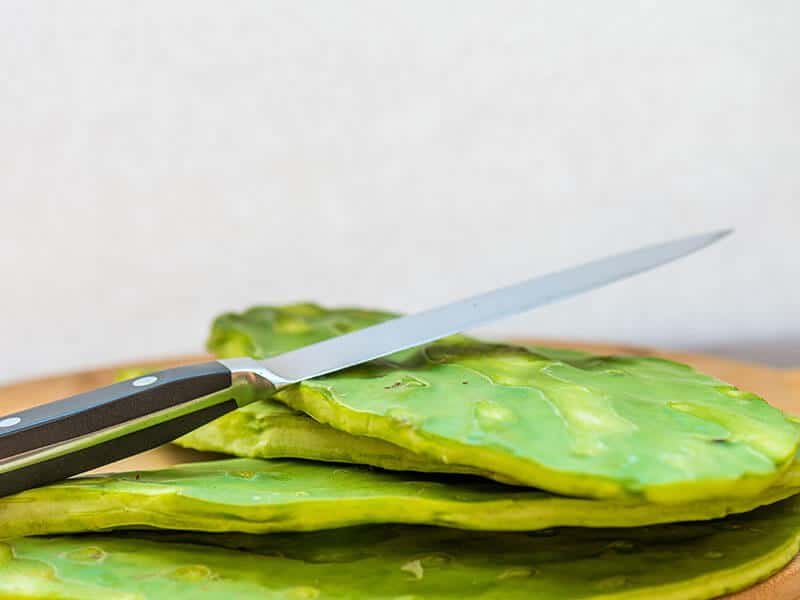
Also, during storage time, you should regularly check to make sure they are in good condition.
The shelf life of nopal cactus is short so learning how to store them properly is essential. Some methods to store the fruit are listed below.
Pickle Them
It’s a popular way to keep cactus paddles lasting longer. All you need is a glass jar and a handful of basic ingredients in your pantry.
Generally, you put freshly cut cactus leaves in the brine and leave for a few days. They turn out delicious if you make them in the right way.
Let’s find out about authentic Mexican tacos with nopal paddles.
Refrigerate Them
The simplest method to maintain its freshness is to put it into a plastic bag and keep it in the coolest part of the fridge for up to 2 weeks. Amazing, right?
Have Them Canned
You might find various canned cactus brands in the market. This is how cactus paddles are preserved safely and healthily in a jar filled with water.
Freeze Them
To get the ultimate results from the freezing method, you might need to cook them first. Please check the previous section for more information on how to prepare and cook cactus. Frozen cactus leaves are great for making jellies and jams.
It’s highly recommended that you should use frozen items for about 12 months to ensure their quality.
How To Tell If Cactus Has Gone Bad?
Sometimes you don’t store cacti properly, and they tend to go bad easily. Here are some sure signs you should pay attention to before it’s too late to use:
- If mold develops, discard them right away
- Rotten smell so bad that you’re sure not to use them again
- Notice any change in their appearance, which can indicate their conditions precisely
It’s advised that you shouldn’t eat spoiled cactus paddles because they apparently neither taste good nor are safe to consume.
Addicting Cactus Recipes You’ll Cook Again and Again
After gaining some understanding about cactus, let’s put what you’ve learned into practice by cooking some delicious recipes with them as the main ingredient.
Nopalitos Con Huevos (Nopal Cactus With Eggs)
This easy, quick, and exotic breakfast is made simply with cactus paddles and scrambled eggs. It’s one of many traditional Mexican dishes which consist of cactus.
If you’ve never eaten cactus before, it could be a good start. The green paddle indeed brings a crunchy texture and a slightly lemony flavor to the dish.
Feel free to add tomatoes and jalapeño peppers to elevate the overall taste and make it more interesting to have.
Ensalada De Nopales (Cactus Salad)
Ensalada de nopales is another straightforward yet delicious Mexican cactus recipe that is on my favorites list. Try it, and I bet you will hold the same idea as me.
To prepare, you will need cactus leaves, diced tomatoes, chopped onions, cilantro, and salt. All the ingredients are combined well as you stir them slowly.
To round up, sprinkle cheese all over the top of the salad bowl and enjoy. This dish is tasty, refreshing, and perfect for summer potlucks.
Making cactus salad is so easy when you discover this.
Nopales Asados (Grilled Cactus)
As the name implies, you’re definitely going to put a whole cactus paddle on the grill and cook. This recipe also calls for a pinch of salt and some drops of olive oil. That’s it!
It might take you about 20 minutes to get things done, but if you prefer some char marks on the surface of nopales, you can leave each side an extra few minutes over the heat. This way, they might look tastier.
Nopales asados are ideally served with fried eggs, burritos, tacos, or meats. When eating alone, it tastes much like green peppers, while some might perceive it as having asparagus flavor.
FAQs
I’ve collected some top-rated questions related to the nopal cactus here so that you can easily refer to them whenever you want.
Cactus Are Totally Addicting!
From scrambled eggs with cactus to cactus fruit juice, there are many cactus recipes out there waiting for you to discover.
After practicing removing thorns, prep cactus paddles with salted water, and incorporating them into different dishes, I felt that I had learned a new and valuable survival skill. It might sound weird, but it’s what I thought.
This desert plant can provide you with numerous delicious foods and also a lot of health benefits.
I hope my article can equip you with some helpful information and impart to you the idea of cactus as a wholesome superfood
Reference
- En.wikipedia.org.. Cactus – Wikipedia.
- WebMD.. Health Benefits of Dragon Fruit.

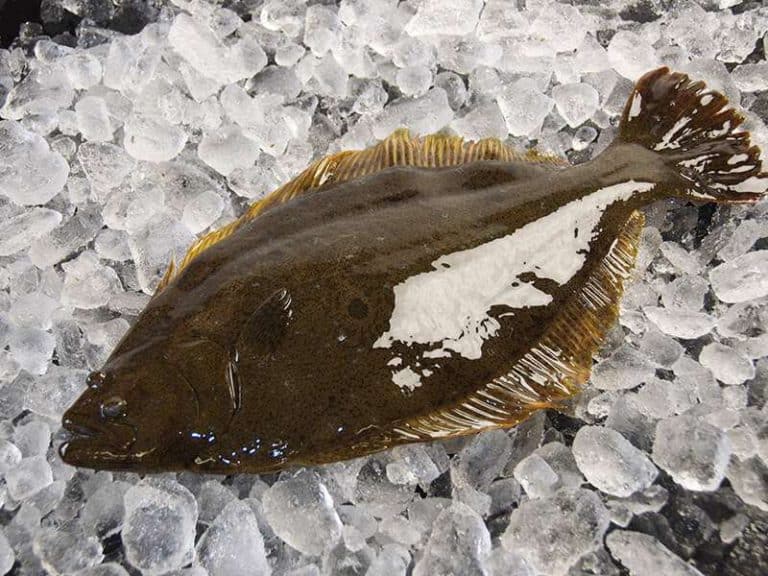
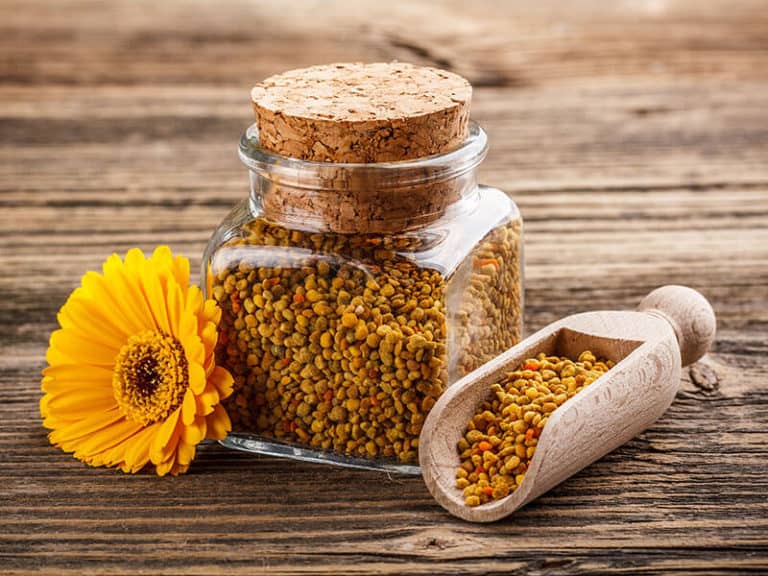
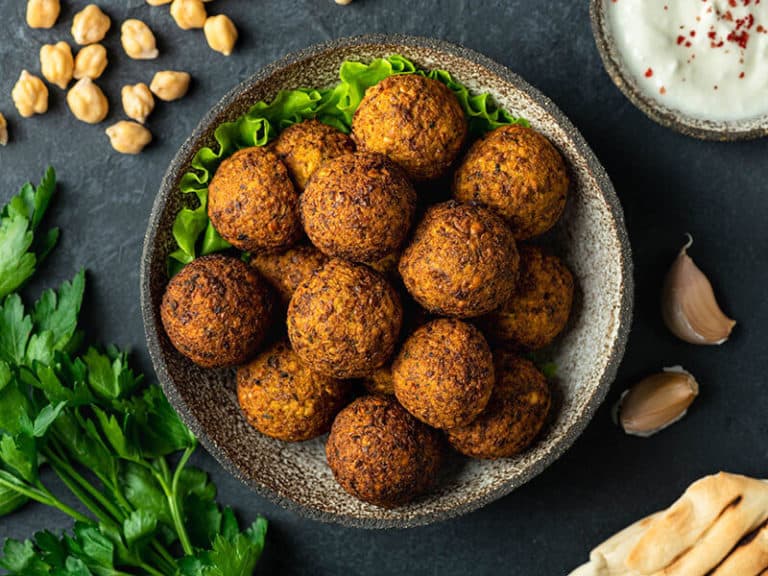
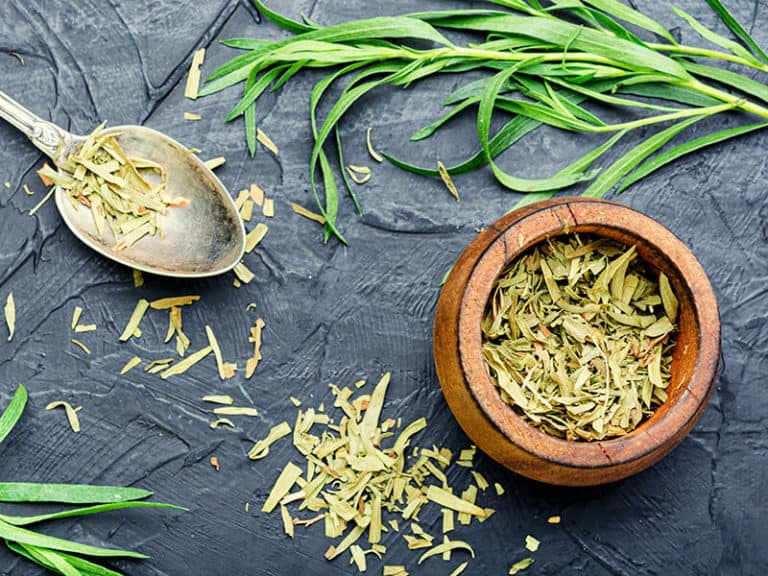
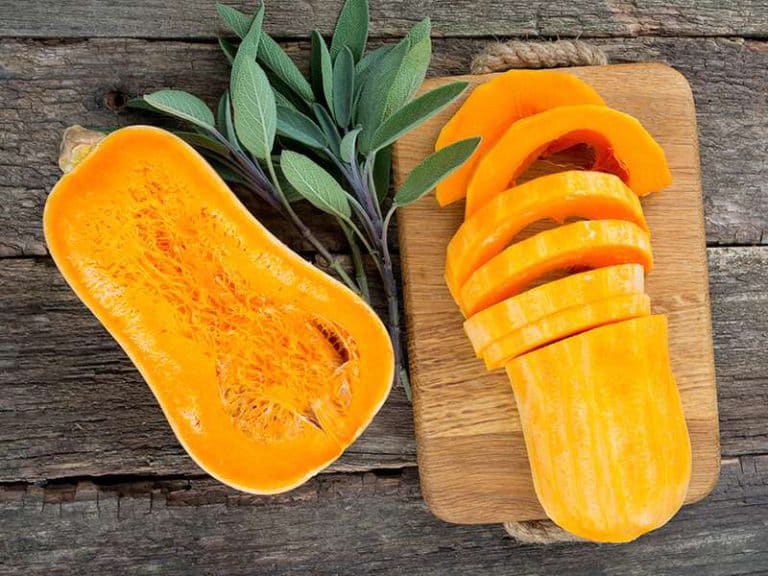
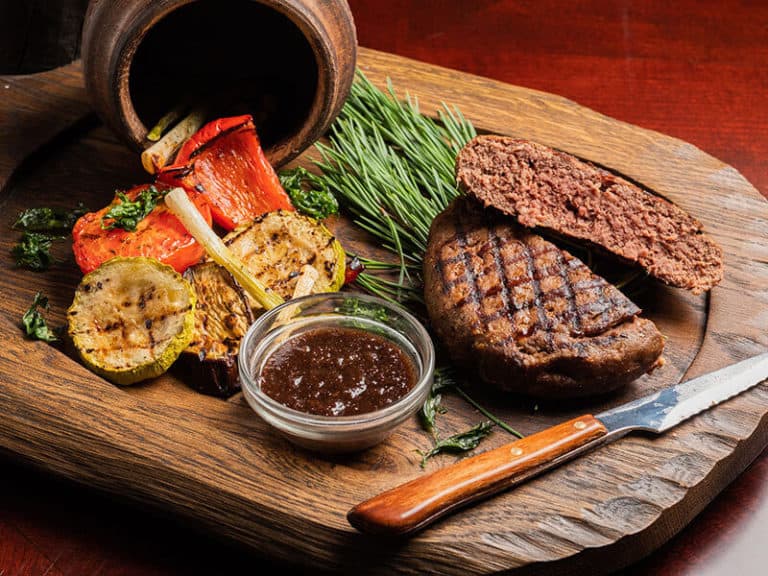
Amanda Collins
Founder and Senior Culinary Editor
Expertise
Culinary Arts and Management, Food Journalism and Critique, Recipe Development and Testing, Global Culinary Traditions, Sustainable Food Practices
Education
Institute of Culinary Education (ICE), New York, NY
Program: Diploma in Culinary Arts
Focus: Intensive hands-on training in culinary techniques, recipe development, and kitchen management, preparing students for professional roles in the culinary industry.
Monroe College, New Rochelle, NY
Program: Associate in Applied Science in Culinary Arts
Focus: Practical culinary skills, including cooking techniques, menu planning, and kitchen operations, with an emphasis on hands-on experience and industry standards.
Amanda Collins is a seasoned chef and food editor with a deep love for global flavors. Trained at the Institute of Culinary Education and Monroe College, and with over 15 years in the culinary field, Amanda has refined her skills in kitchens worldwide. Her background in food studies gives her a unique ability to share both recipes and the cultural stories that shape them.
As senior culinary editor at thebreslin.com, Amanda’s work brings authentic dishes to life, inviting readers to explore new flavors and techniques from around the globe. Her approachable style makes it easy for anyone to bring a bit of the world’s cuisine into their kitchen.